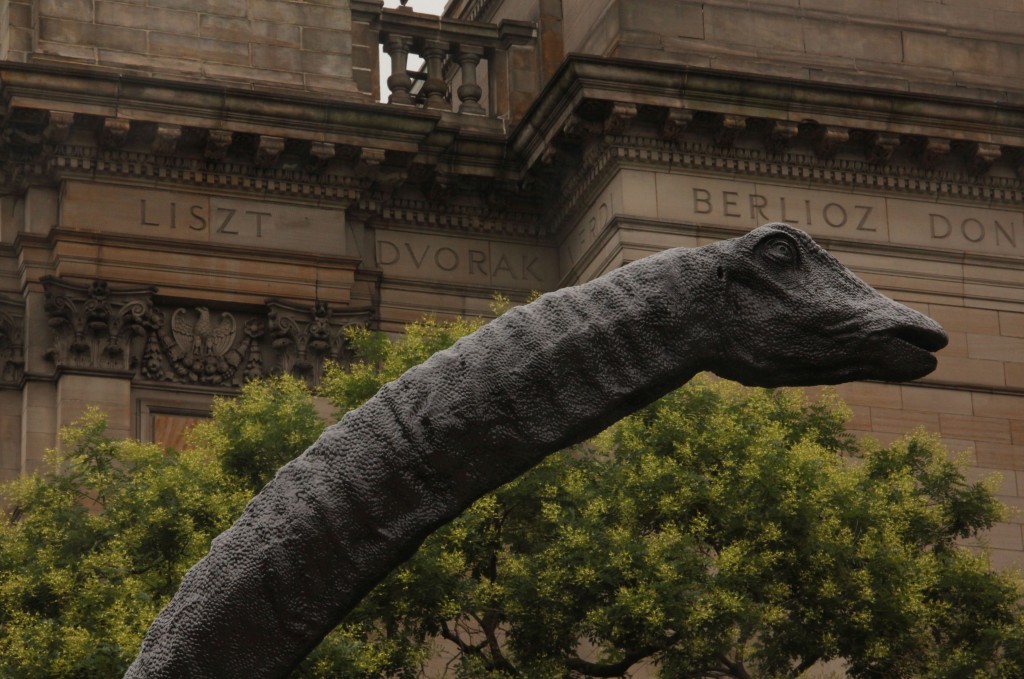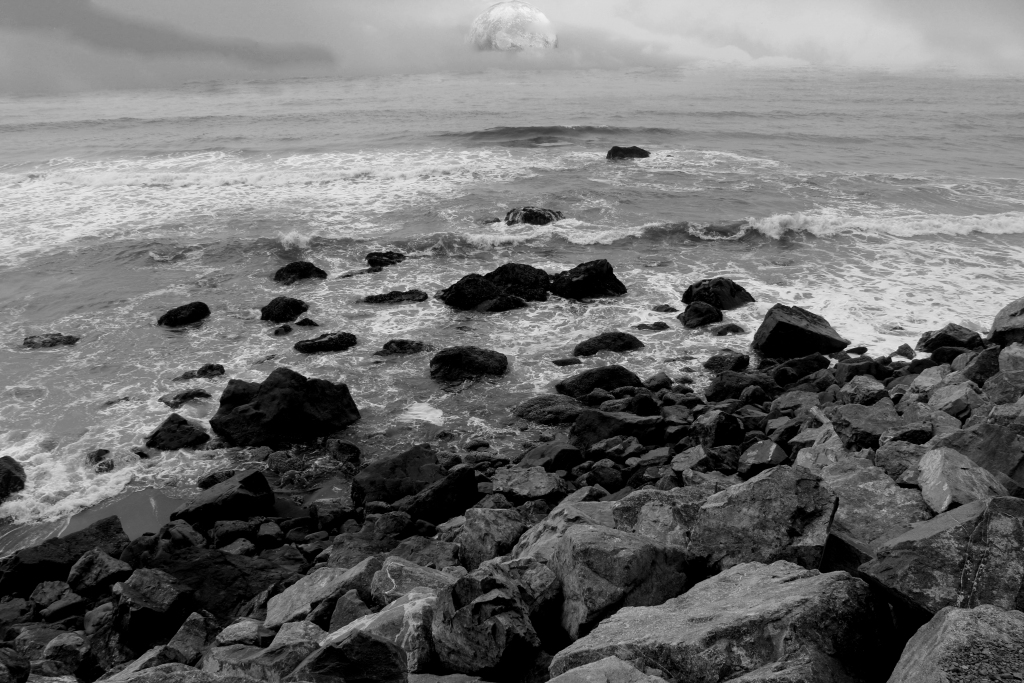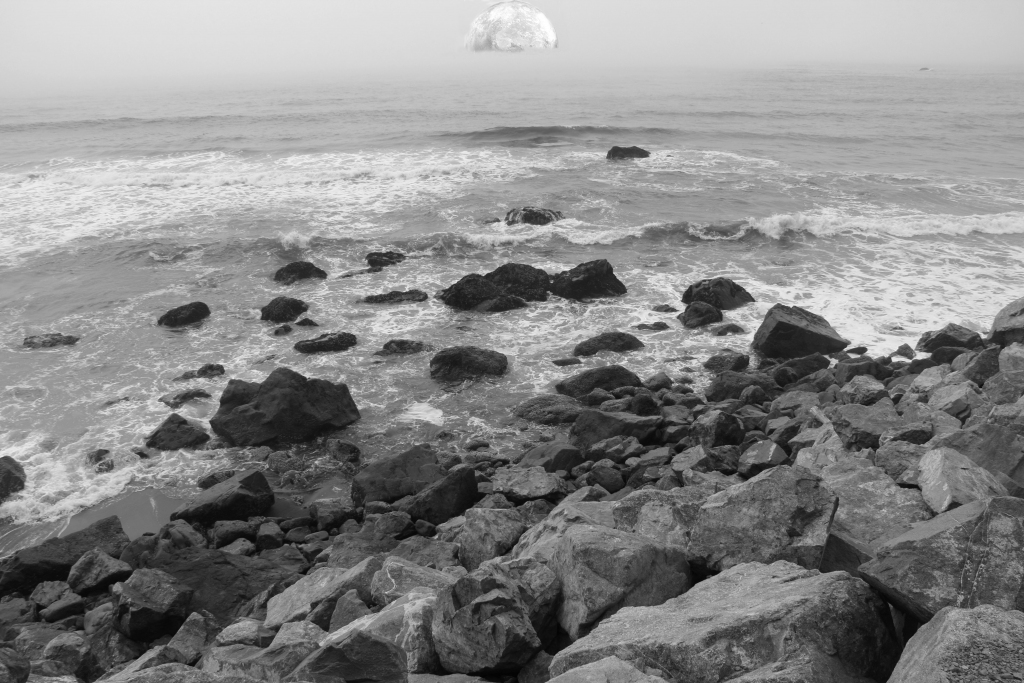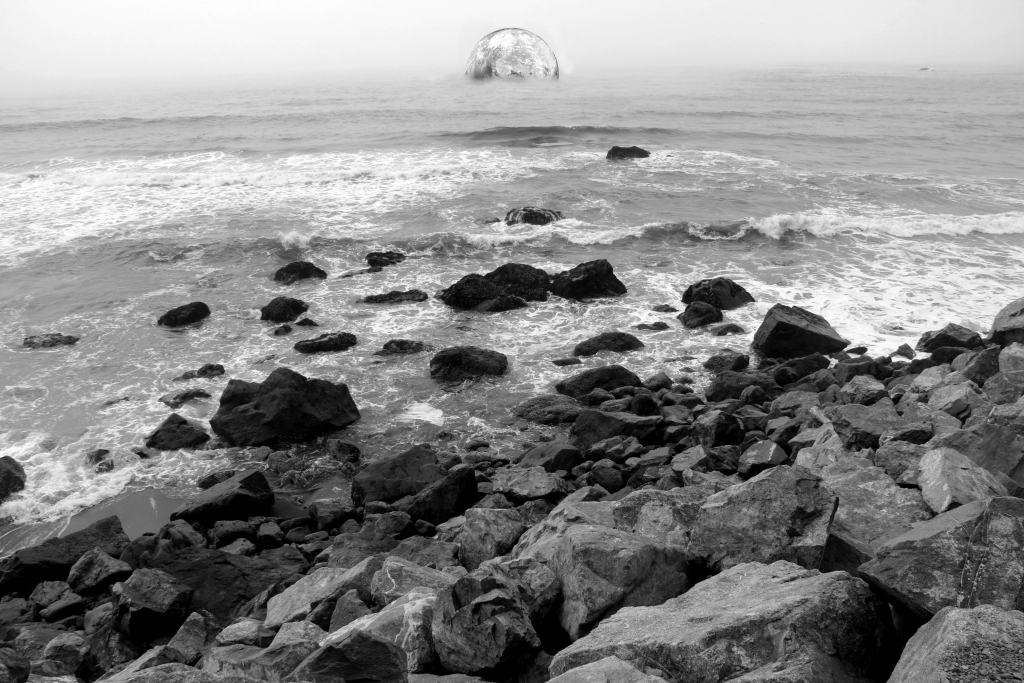It’s the Fourth of July.� The national birthday party.� On this day in 1776 was the official reading of the Declaration of Independence, when the Thirteen Colonies broke from Great Britain and began the process of forming a nation. In the 239 years since we as a people have engaged an ongoing and often contentious, sometimes violent conversation about the one thing we like to say distinguishes us from every other people or nation or country on the globe:� Freedom.
Contentious because everyone means something different when they use that word. We do not agree on a common definition.� This isn’t a deep, difficult to understand reality, we simply don’t.� Put any group of people together from different parts of the country and have them talk about what they mean by Freedom and while certain common ideas bubble, once you get into the details you find divisions, sometimes deep.
Clearly for most of the first century, as a nation, we had a pretty limited notion of what it meant.� It meant freedom for a certain few to do what they wanted at the expense of others.
So native Americans didn’t have it, nor did slaves, nor, for the most part, did women. Even a white skin on a male body didn’t guarantee one equal consideration, because money and property were important, and, to a lesser extent, natural born versus immigrant, language, and religion.� We, like any bunch of people anywhere, fell into groups and competed with each other over privilege and those who came out on top extolled the virtues of freedom while doing what they could, consciously or not, to limit it for others who might impose limits on their success.
This is not controversial.� This is history.� We’re human, we can be jerks like anyone else.� What makes it awkward for us is this widely-held belief that we are unfettered supporters of Freedom.
In the simplest terms, we claim to be free when we feel no constraints on preferred action.� So if you’re going on along doing what you like to do and no one tells you that you can’t, you feel free.� If, to complicate things a bit, someone passes a law that says Those People Over There may not do something you have no interest in, well, you don’t feel any less free and may wonder why they’re complaining about being oppressed.� After all, you’re free, you don’t have any complaints, and that makes this a free country, so stop bitching.
Naturally, if someone passes a law that says you can’t do something you either want to do or makes claims on your resources in order to support such rules, now you feel a bit less free, imposed upon, and maybe complain yourself.� Of course, Those Other Folks Over There are quite happy about the new law and themselves feel freer as a result, so they look at you now as the sore thumb sticking up.
But it still involves questions of constraint, which is what the law is about, and we agree in principle that we need laws.
If we need laws to restrain—to tell us what we can and cannot do—doesn’t that immediately beg the question of what it means to be free?� I mean, the libertarian line would be that I’m a grown-assed adult and I can control my own life, thank you very much, you can keep your laws.
What if your desire for unconstrained action puts a burden on other people?
What if, to make a big but logical leap, your sense of freedom requires that others have less than you or, to put it back at the beginning, that some people be ownable? You know: slaves.
That the Founders built it into the framework that slavery could not only exist within the borders of this new “land of the free” but that it was illegal to discuss the issue in Congress for twenty years might cause us to ponder just what they meant by Freedom.
And it did take over a century before the laws began to change concerning women and property. Was a time a wife was legally owned by her husband—her, her body, and all her associated belongings—and could be thrown out with nothing but the clothes on her back if the marriage went sour. That doesn’t even take into account that it wasn’t till 1919 that women could legally vote.
How does this fit with our self-congratulatory view as the freest nation on Earth?
Well, we say, that was then.� This is today and we’re not like that.
Aren’t we?� Then why are we still arguing—loudly—over questions of equality, and in several areas of concern?
I put these out there to leaven the uncritical jubilation over what really is a worthy aspect of this country.
What the Founders implicitly recognized was the multifaceted and often conflicting perceptions people will inevitably bring to this question.� They may well have held some overarching, abstract view as to what Freedom meant but they knew such could not secure the kind of stability necessary for a viable nation.� Absolute freedom would destroy us just as surely as absolute tyranny.� So they set up a framework in which we as a people would continually argue about it, and by extension demonstrated that it was this freedom to hash it out that they saw as the most relevant, the most viable, and in the end the only practicable way of securing individual liberty over time.� They built into it all the nearly sacred idea that we can say and think what we please and set up fora wherein we could express ourselves without authoritarian retribution.
That was the idea, at least.� Like everything else they put in place, it hasn’t always played out that way.� McCarthy wasn’t the first one to send a chill through the republic to make people afraid of ideas.
We are, however, free to argue.� Sometimes we have to bring ridiculous force to the table to make an argument, but at the individual level we can go to our various barbecues this weekend and have it out on any topic without fear that some censorious official will show up at our door next week to take us to a room and be questioned about our beliefs.� There have been times when even this was not a guaranteed freedom, but over all this is what the Founders decided on as the most efficacious form of freedom to protect.� They arranged things so the suppression of the freedom to have an opinion could end up fueling a political movement and take the argument into the public arena where it can be further debated.
But this also means we have to learn to privilege the freedom of expression and thought over any other.
And it’s hard. It is damn hard.
Follow the comment threads of any heated or controversial post anywhere—the equivalent today to Letters to the Editor in other periods—and you can see that many people just don’t get that.� It frightens them.� Why?� Because it’s fluid.� Because it means things change.� Because it calls into question what they thought were absolutes.� Because they grew up thinking their country was one thing, unchanging, ordained by divine testimony, and their sense of freedom is based on holding to those absolutes and defending them from those who would see things differently.� Flux, change, revolution.
They came to believe that all the work was already done and everything would be fine� except for Those People Over There, those…those…malcontents.
Forgetting, of course, that the whole thing came from the minds and labor of malcontents.
We come away from our youthful education about 1776 with the belief that the war was the revolution, but this is not the case.� It was the war for the revolution, which is what came after.� The revolution was the process of setting up a new form of government and establishing a framework distinct from what had gone before. 1787 was the year of revolution.� The Constitution was ratified by the delegates to the convention on September 17, 1787.� It then had to go before the individual states for final acceptance, which was not finished till May, 1790, when the last state, Rhode Island, voted to accept it by a two vote margin. Those two and half years were the actual revolution, because revolution brings us the new.� In a way, 1776 was little more than a decree to stop sending the rent to England and a statement that we were willing fight over the right to have a revolution. The war was not the revolution, it only allowed the revolution to happen.
And what was that sea change in the affairs of people?� That the people would choose their leaders?� Not an especially new idea—kings had been elected before (in fact, the Thirty Years War began over just such an election)—but here it would be the way we would always choose our leaders.� The mechanism by which we made that choice, now, that was based on the revolution, which was folded into this rather imprecise notion of Self Determination. But it rests ultimately on the sacred right of each one of us to disagree.
It is by disagreement—loudly and publicly, but beginning privately and from conscience—that we move toward that other nebulous concept “a more perfect union.”� Which itself is a strange phrase.� More perfect.� Perfection, by definition, does not come in degrees.� It either is or isn’t.� Usually.� Unless they, the Founders, were recognizing the fact that change is inevitable, especially if we’re going to sacralize the freedom to disagree.� In practical terms, your perfection, however conceived, is unlikely to be mine.� If so, then the formula is there to move us from one state of perfection to another equal but different state of perfection.
Which is unlikely and sloppy logic.� Most likely, they knew, as they should have, being good students of the Enlightenment, that perfection is unachievable but the idea of it serves as a spur to do better.� Perfectibility is the ongoing process of seeking perfection.� In the seeking we have to define it and in the definition comes the debating.� In the debating we find a method for—often convulsively—blocking the hegemony of factions, or at least tearing them down when they become onerous.
So in order to “form that more perfect union” we accept that it is always just over the next hill and we have to have a consensus about what it looks like and to get there.� Which sets us to arguing, which is the best guarantor of liberty of conscience.
But we have to work at it.� Which means the revolution is not finished.� What they set in motion was something that would never be finished if we tended to it seriously and with reason and commitment.� So if anything, July 4 is the day we should celebrate as the point when we took steps for creating the conditions for the revolution. The revolution followed the surrender of the British and the commencement of the work to create a nation.� That was—and is—the revolution.
As long as we can meet and differ and find accommodation despite our differences and allow for those differences to be manifest to the benefit of society, the revolution continues.� That it continues is the sure sign that we have freedom (and tells the nature of that freedom).� Even when we don’t always use it or recognize it or allow it to define us.� Oh, we have work yet to do!� But we can do it if we choose.
Just some ruminations from a citizen.� Have a safe Fourth of July.







